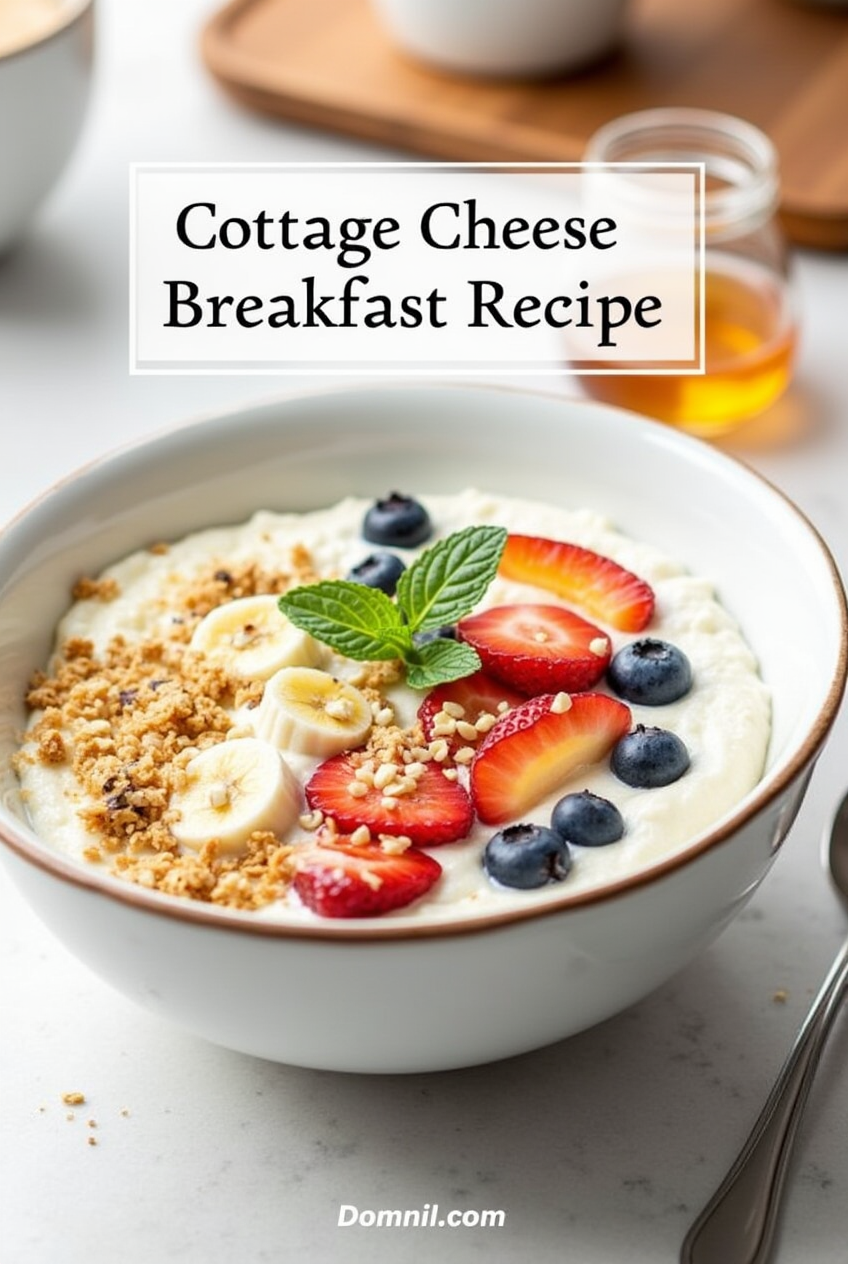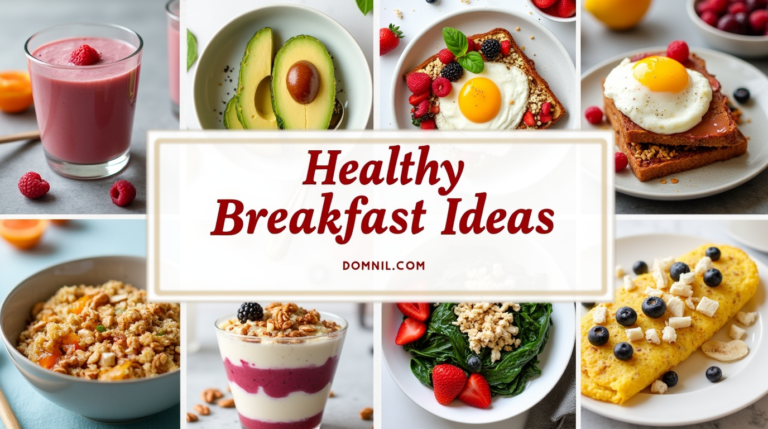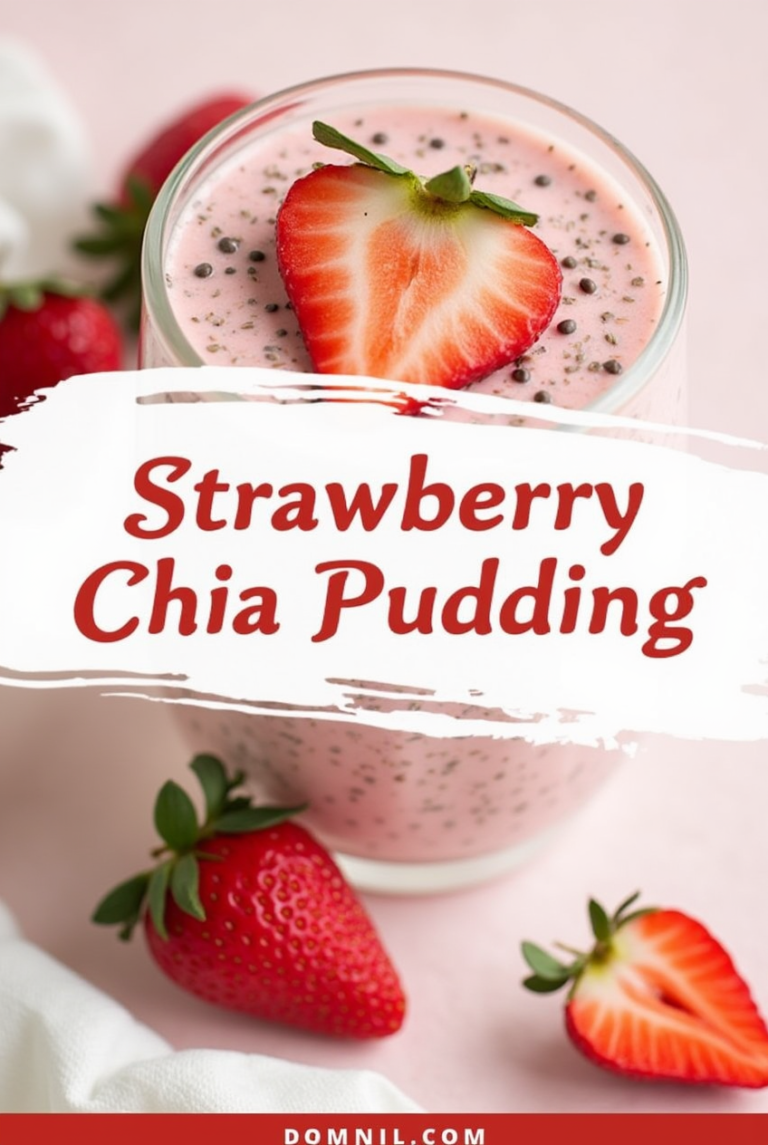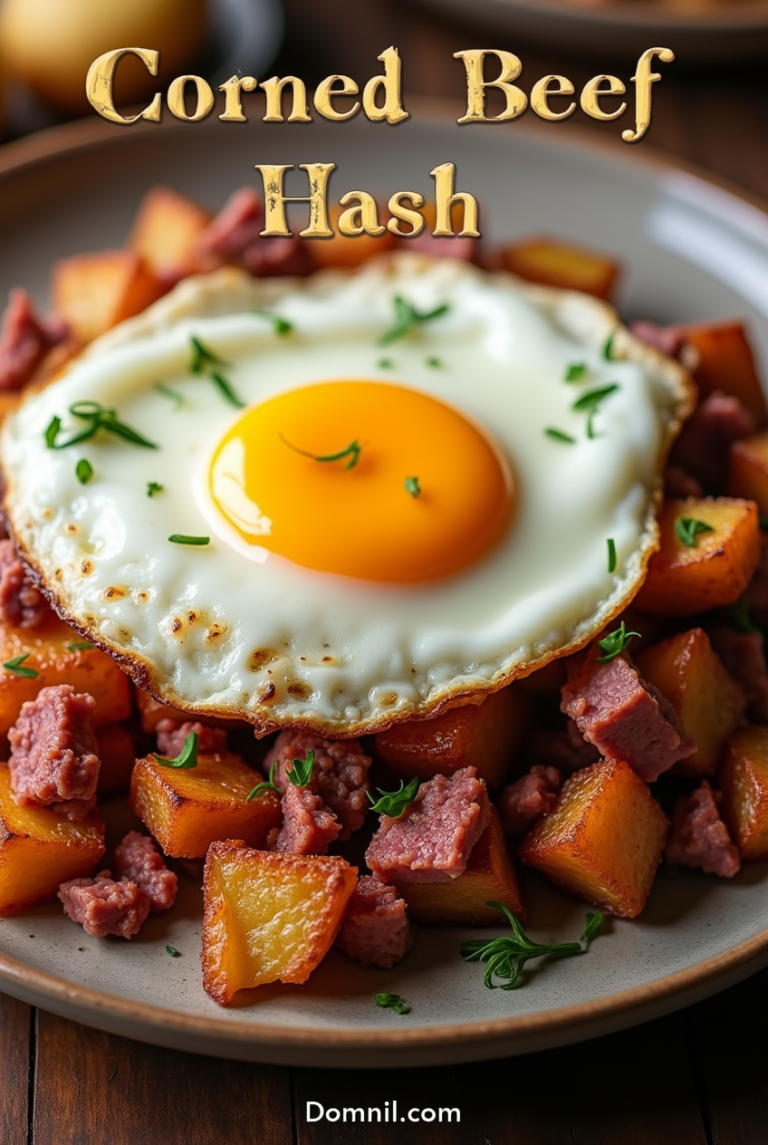Cottage Cheese Breakfast Recipe: The Ultimate Guide to a Delicious and Nutritious
Introduction to Cottage Cheese Breakfasts
Why Cottage Cheese is a Perfect Breakfast Choice
If you’re someone who wakes up hungry and ready to conquer the day, then cottage cheese might just be your breakfast soulmate. Not only is it packed with protein, but it’s also creamy, light, and ridiculously versatile. You can go sweet, savory, or even somewhere in between, and it’ll still taste amazing. Whether you’re in a rush or have time for a sit-down meal, cottage cheese fits right into your morning flow.
Let’s face it—mornings are tough. That snooze button gets a lot of action. But having a quick, no-fuss breakfast like cottage cheese can make a world of difference. Just open the fridge, scoop it out, and top it with whatever you’ve got on hand—fruit, nuts, herbs, even eggs. It doesn’t get easier than that.
Plus, cottage cheese is pretty forgiving. It doesn’t have the sharp tang of yogurt, making it a go-to for picky eaters and kids. And it blends beautifully into smoothies, pancakes, or toast toppings without overpowering other flavors.
So, if you’re tired of your usual eggs or cereal, it’s time to shake things up. Cottage cheese isn’t just for your grandma’s weird salad—it’s officially a breakfast game-changer.
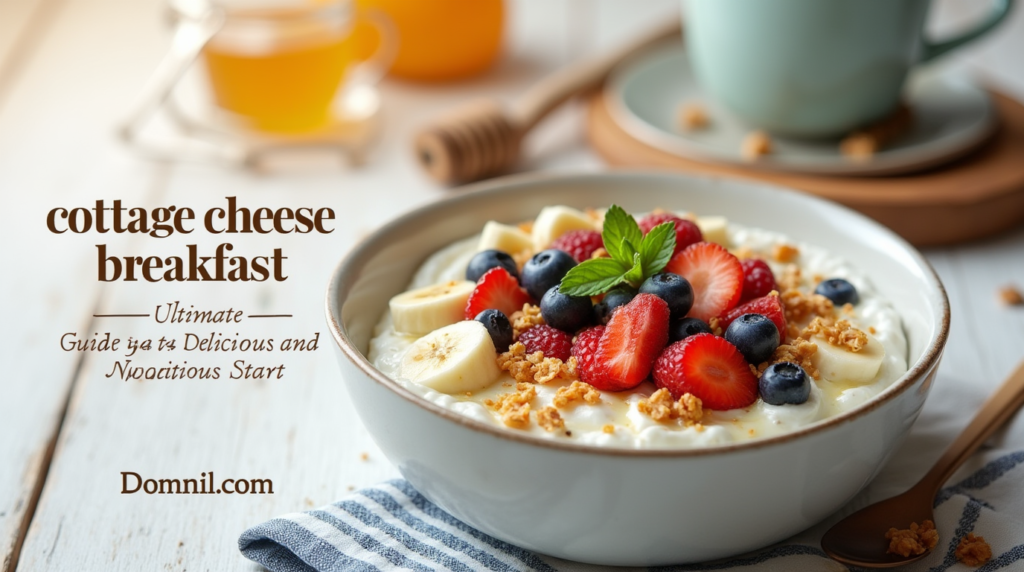
Table of Contents
Nutritional Benefits of Cottage Cheese
Let’s break it down—why is cottage cheese getting all this love from dietitians and fitness influencers? It’s because this humble dairy product is a nutritional powerhouse. A single half-cup serving of low-fat cottage cheese packs around 14 grams of protein. That’s more than two eggs! And all that protein keeps you full for hours, which is key if you’re trying to avoid mid-morning snacking.
Cottage cheese is also rich in B vitamins like B12 and riboflavin, which help your body convert food into energy. It’s a solid source of calcium and phosphorus too, which your bones will thank you for. And the best part? It’s relatively low in calories, especially the low-fat or fat-free versions.
People watching their carb intake—like those on keto or diabetic-friendly diets—can also rejoice. Cottage cheese is naturally low in carbs, especially if you skip the sweet toppings.
Oh, and did we mention probiotics? Some versions contain live cultures that help with gut health. Just look for “live and active cultures” on the label. So yes, cottage cheese isn’t just a filler food—it’s the real deal when it comes to starting your day right.
Ingredients Overview: Cottage Cheese Breakfasts
Must-Have Ingredients for a Classic Recipe
Creating the ultimate cottage cheese breakfast recipe starts with quality ingredients. At the core, you obviously need cottage cheese. But not just any kind—choose one that suits your texture and flavor preferences. Some like it creamy, some prefer it dry and curdled. There’s full-fat, low-fat, and even whipped varieties. Each one brings a slightly different taste and texture, so try a few until you find your fave.
Next up, think about your base flavors. If you’re going sweet, you’ll want ingredients like:
- Fresh or frozen fruits (berries, banana, mango)
- Natural sweeteners (honey, maple syrup, agave)
- A dash of cinnamon or vanilla extract
If savory is more your style, stock your kitchen with:
- Fresh herbs (chives, dill, parsley)
- Sliced veggies (avocado, cherry tomatoes, cucumber)
- Seasonings (black pepper, sea salt, red chili flakes)
- Olive oil or balsamic glaze
You’ll also need some kind of texture enhancer—nuts, seeds, granola, or even crushed crackers can do the trick. These elevate your bowl from “just okay” to “Instagram-worthy delicious.”
And don’t forget the extras: Greek yogurt for creaminess, eggs for added protein, or toast for a crunchy side.
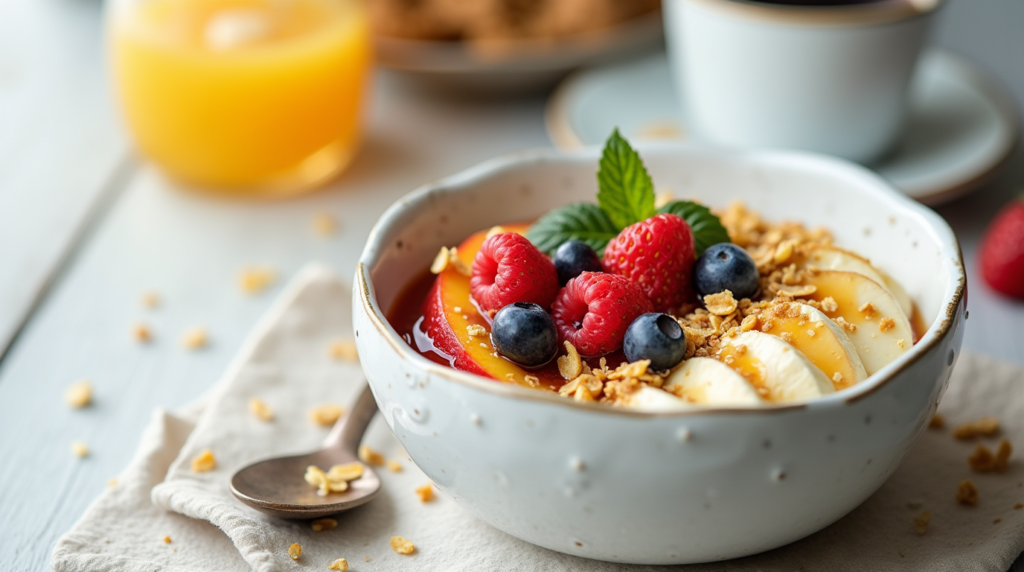
Optional Add-ins for Customization
Want to take your cottage cheese game up a notch? The secret is all in the mix-ins. This is where you get to flex your creativity and turn a simple bowl into a masterpiece.
For a tropical twist, toss in pineapple chunks, shredded coconut, and a sprinkle of chia seeds. Craving dessert for breakfast? Add dark chocolate chips, strawberries, and a drizzle of almond butter.
Need a protein boost after your morning workout? Mix in a scoop of your favorite protein powder or pair it with hard-boiled eggs and smoked salmon for a brunch-level experience.
You can even go international—use za’atar spice for a Middle Eastern flair or add a dash of soy sauce, scallions, and sesame oil for a Korean-inspired bowl.
The beauty of cottage cheese is that it’s like a blank canvas. Whatever you’re craving, it can handle it.
Step-by-Step Cottage Cheese Breakfast Recipe
Preparing the Base
Start simple. Scoop out about ½ to 1 cup of cottage cheese into a bowl. That’s your base. If you’re planning to blend it for a smoother texture (especially good for parfaits or pancakes), use a food processor or blender and pulse it a few times.
Now decide: sweet or savory? If you want it sweet, go ahead and stir in a teaspoon of honey or maple syrup right into the cheese. For savory, add a dash of salt, black pepper, and a little olive oil.
If you like your breakfast cold, serve it right away. Prefer it warm? You can microwave it for 15–20 seconds—just don’t overdo it, or it’ll get watery.
Once your base is ready, it’s topping time. Think of it like decorating a pizza—only healthier.
Mixing in Fruits and Nuts
When it comes to cottage cheese, one of the easiest ways to enhance both flavor and nutrition is by adding fruits and nuts. This combo transforms your basic bowl into a vibrant, nutrient-dense breakfast that not only tastes incredible but also fuels your day with essential vitamins, fiber, and healthy fats.
Let’s start with fruits. Berries like strawberries, blueberries, and raspberries are top picks. They add a pop of color, natural sweetness, and antioxidants. Bananas bring a creamy texture and potassium boost. Want something exotic? Try mango, kiwi, or pomegranate seeds for a tropical vibe. Apples and pears also work great—slice them thin or dice them up for a satisfying crunch.
Now let’s talk nuts. Almonds, walnuts, pecans, and pistachios aren’t just there for the crunch—they’re loaded with heart-healthy fats, omega-3s, and protein. Toasting them slightly can deepen their flavor and give your bowl a gourmet edge. Seeds like chia, flax, and sunflower are another excellent option, especially for an extra fiber and omega-3 hit.
For the best mix, go for a balance of textures and flavors. Maybe pair creamy cottage cheese with the sweetness of peaches and the crunch of chopped almonds. Or try blueberries with a handful of walnuts and a drizzle of honey. The combinations are endless—and every one is delicious.
Sweet vs. Savory Variations
The beauty of cottage cheese breakfasts is how versatile they are. In the mood for something sweet and indulgent? Go fruity. Craving something hearty and satisfying? Bring on the savory.
Sweet Cottage Cheese Combos:
- Cottage cheese + strawberries + honey + granola
- Cottage cheese + banana slices + cinnamon + peanut butter
- Cottage cheese + mango + coconut flakes + chia seeds
- Cottage cheese + apple chunks + maple syrup + walnuts
Each of these is not just tasty—they’re also packed with nutrients. Sweet options are great if you have a sweet tooth but still want to eat clean.
Savory Cottage Cheese Combos:
- Cottage cheese + avocado + cherry tomatoes + black pepper
- Cottage cheese + boiled egg + spinach + chili flakes
- Cottage cheese + cucumber + dill + lemon juice
- Cottage cheese + smoked salmon + capers + scallions
Savory versions tend to be higher in protein and fat, keeping you full for longer and stabilizing blood sugar levels. They’re ideal for anyone following a low-carb or high-protein diet.
Pro tip: keep both sweet and savory ingredients on hand. That way, no matter what you’re craving when you roll out of bed, you’ve got a delicious and balanced option ready to go.
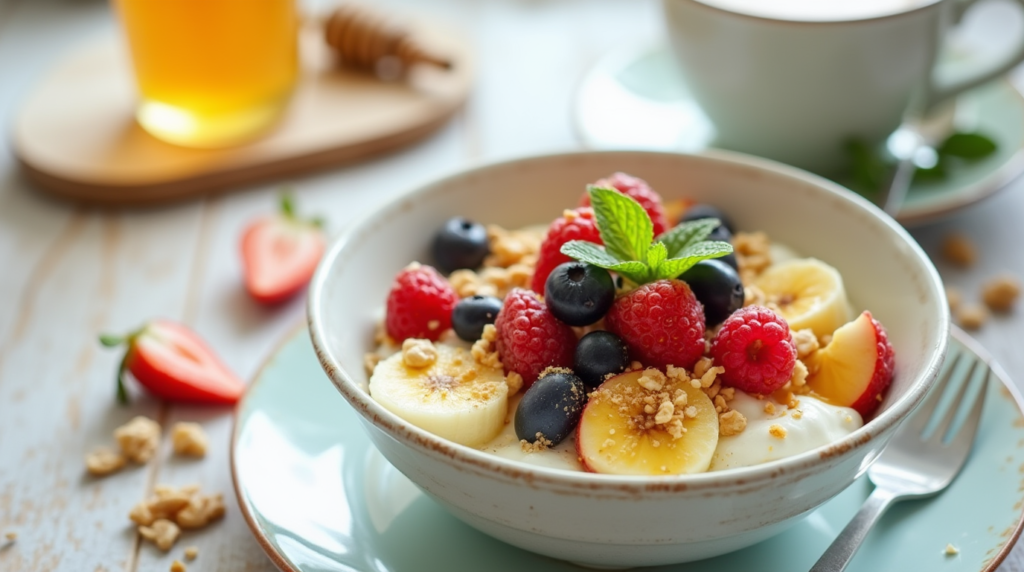
Top 5 Cottage Cheese Breakfast Recipe Ideas
Cottage Cheese with Berries and Honey
This is the OG of cottage cheese breakfasts. It’s light, fresh, and comes together in under 5 minutes. Simply scoop 1 cup of cottage cheese into a bowl, then top it with a generous handful of mixed berries—strawberries, blueberries, raspberries, and blackberries all work wonderfully. Drizzle with a tablespoon of honey and, if you like, sprinkle a few crushed almonds or chia seeds on top.
What makes this combo great is the contrast—creamy cottage cheese against the tart berries, and the sweet kick from honey. It’s also loaded with antioxidants, calcium, and fiber. Perfect for a quick breakfast or even a midday snack.
Bonus idea: Layer it in a jar for a portable parfait you can take to work.
Savory Avocado and Cottage Cheese Toast
Who needs avocado toast when you can level it up with cottage cheese? Toast a slice of whole grain or sourdough bread. Spread a thick layer of cottage cheese over the toast. Top with thinly sliced avocado, a sprinkle of sea salt, black pepper, and a pinch of chili flakes or paprika. Optional: a drizzle of olive oil or a soft-boiled egg on top.
This combo is creamy, spicy, and oh-so-satisfying. Plus, it’s loaded with protein and healthy fats, giving you lasting energy. If you’re on a low-carb diet, skip the toast and serve this on a bed of greens instead.
You won’t miss your regular breakfast routine after this one.
Protein-Packed Cottage Cheese Pancakes
Yes, you read that right. Pancakes made with cottage cheese are a thing—and they’re delicious. All you need is:
- ½ cup cottage cheese
- 2 eggs
- ¼ cup oats or oat flour
- ½ tsp baking powder
- Pinch of salt
Blend everything into a batter and cook them on a skillet like regular pancakes. They come out fluffy, golden, and slightly tangy from the cheese. Serve with fresh fruit, Greek yogurt, or a dab of almond butter.
These pancakes are ideal for meal prep too—make a big batch on Sunday and reheat them throughout the week.
Tropical Cottage Cheese Parfait
Want to pretend you’re on a beach vacation while eating breakfast? This tropical parfait brings the sunshine to your morning. Start with a layer of cottage cheese in a glass or jar. Add chunks of pineapple, mango, and papaya. Top with shredded coconut, chopped macadamia nuts, and a splash of lime juice.
This recipe is super refreshing and packed with vitamin C, fiber, and healthy fats. It’s perfect for warm days or when you want something that feels indulgent but is still really good for you.
Make it ahead in a mason jar for an easy grab-and-go breakfast.
Cottage Cheese Breakfast Bowl with Eggs and Spinach
This one’s for the savory breakfast lovers. In a bowl, add 1 cup of cottage cheese. Top it with a poached or soft-boiled egg, a handful of sautéed spinach or kale, and a few cherry tomatoes. Sprinkle with salt, pepper, and red pepper flakes.
You can also drizzle it with hot sauce or pesto if you like more flavor. This high-protein, high-fiber bowl is great for anyone trying to stay full until lunch and is totally customizable.
Add turkey bacon, quinoa, or roasted sweet potatoes if you want to turn it into a breakfast power bowl.
Making it Meal Prep Friendly
Storage Tips
Meal prepping cottage cheese breakfasts is a breeze, and it can seriously cut down your morning stress. The key is knowing how to store everything properly so it stays fresh and tasty all week.
First, always keep your cottage cheese refrigerated in its original container or an airtight container. It typically lasts up to 7–10 days after opening, but always check for any sour smell or changes in texture before using. If you plan to portion out servings ahead of time, store them in separate glass or BPA-free plastic containers with tight lids.
When it comes to toppings like fruits or veggies, store them separately to maintain freshness. For instance, berries should be washed, dried thoroughly, and kept in their own container. Chopped veggies can be stored in mason jars or small containers to keep them crisp. Nuts, seeds, and granola should always be stored dry and at room temperature in airtight jars or bags to prevent them from going stale.
Hard-boiled eggs, sautéed veggies, or even avocado slices (stored with lemon juice to prevent browning) can all be prepped ahead and kept refrigerated in individual containers. Just mix and match each morning or assemble the night before for a no-fuss breakfast routine.
Prepping in Advance
Want to turn cottage cheese breakfasts into your weekly go-to? Batch prep is your best friend. Spend a bit of time on Sunday night to make the rest of your week smooth sailing.
Start by prepping five containers of cottage cheese—one for each weekday. You can stir in base flavors like cinnamon, vanilla extract, or salt and pepper right into each portion to save time later. Then, portion out toppings separately. You could create:
- Sweet packs: Sliced banana + cinnamon + walnuts
- Tropical packs: Pineapple chunks + shredded coconut + chia seeds
- Savory packs: Cherry tomatoes + spinach + avocado
Having these pre-made “topping packs” means you can grab and go, even if you hit snooze one too many times.
If you’re making pancakes or breakfast bowls, cook them ahead of time, let them cool, and store them in airtight containers. Just reheat them in a skillet or microwave when you’re ready to eat.
With a little prep, you can transform cottage cheese from a simple ingredient into a weekly breakfast system that’s fast, healthy, and never boring.
Health Benefits and Dietary Compatibility
Great for Low-Carb and Keto Diets
Cottage cheese is a rockstar ingredient for anyone following a low-carb or keto lifestyle. Why? Because it’s naturally low in carbohydrates and high in protein, making it perfect for maintaining blood sugar levels and supporting ketosis.
In fact, one half-cup serving of full-fat cottage cheese contains about 5 grams of carbs, 14 grams of protein, and 9 grams of fat. That ratio is pretty close to ideal for keto dieters. And because it’s so versatile, you can enjoy it with low-carb toppings like avocado, eggs, smoked salmon, leafy greens, or even just a sprinkle of everything bagel seasoning.
Even better, the protein in cottage cheese helps keep you full and satisfied, so you’re less likely to reach for carb-heavy snacks later. It’s the perfect option for those busy mornings when you want something quick, clean, and totally on-plan.
Pro tip: Choose full-fat or 4% milkfat cottage cheese for best results on a keto diet—it has more fat and is less processed than low-fat versions.
Packed with Protein for Muscle Growth
Whether you’re lifting weights or just trying to maintain lean muscle mass, protein is essential—and cottage cheese is an excellent source. It’s especially rich in casein protein, a slow-digesting type that provides your muscles with a steady stream of amino acids.
This makes it a great pre-workout or post-workout meal, or even a bedtime snack to help your body recover while you sleep. Just one cup of cottage cheese can contain up to 25 grams of protein, depending on the brand.
Combine it with eggs, nut butter, or a protein smoothie, and you’ve got yourself a muscle-building powerhouse of a breakfast.
Suitable for Diabetics
If you’re managing diabetes, you know how important it is to eat foods that won’t spike your blood sugar. Cottage cheese is low on the glycemic index and doesn’t cause dramatic glucose spikes, especially when eaten with fiber-rich fruits or healthy fats.
Its high protein content also helps regulate appetite and manage hunger hormones, making it easier to maintain a healthy weight—a key component in diabetes management.
For best results, opt for plain, unsweetened cottage cheese, and pair it with low-sugar fruits like berries or savory additions like cucumber, herbs, or boiled eggs. Always check the label for hidden sugars and avoid flavored varieties that may be packed with added sweeteners.
Common Mistakes to Avoid
Overcomplicating the Recipe
Cottage cheese is naturally delicious, and its simplicity is what makes it such a gem. But many people fall into the trap of overthinking their recipes—adding too many ingredients or trying to force fancy flavor combos that just don’t mix.
If your bowl has more than 6–7 ingredients, you’re probably doing too much. Too many toppings can muddle the taste and turn your quick breakfast into a chaotic mess. Stick to simple, fresh, and balanced add-ins. Think: one fruit, one nut or seed, one drizzle or sprinkle, and you’re done.
Also, don’t feel pressured to cook anything. Cottage cheese is perfectly fine straight from the fridge. While warm bowls can be tasty, overcooking or microwaving for too long can ruin the texture and release too much moisture, making it soupy and unappetizing.
Stick with tried-and-true flavor combos when in doubt. Simple doesn’t mean boring—it means deliciously easy.
Choosing the Wrong Cottage Cheese Type
All cottage cheese is not created equal. Some are creamy and rich, while others are watery and bland. Choosing the wrong type can completely change your breakfast experience.
For sweet recipes, go with small curd or whipped cottage cheese—it’s smoother, blends well, and doesn’t overpower the flavors of fruits and sweeteners. For savory bowls, large curd or full-fat versions add richness and hold up well when mixed with veggies and seasonings.
Be sure to check the ingredient list too. Avoid brands with added sugar, gums, or unnecessary thickeners. The best cottage cheese should have just a few ingredients: milk, cream, salt, and live cultures (optional).
Also, taste test a few different brands. Some people prefer a tangier flavor, while others like it mild. Once you find your favorite, your breakfasts will taste a whole lot better.
Tips to Enhance the Flavor
Best Herbs and Spices to Use
Let’s be real—plain cottage cheese can taste a little, well… plain. But with the right herbs and spices, you can turn it into something truly crave-worthy. If you’re going savory, fresh herbs are your best friends. Chives, dill, parsley, and cilantro add a pop of green and an herby brightness that brings your breakfast bowl to life.
Dried herbs like oregano, thyme, or Italian seasoning can work too, especially if you’re short on fresh options. Just use a light hand—they’re potent and can overpower the delicate taste of the cheese.
Spices are where the magic happens. Cracked black pepper, paprika, chili flakes, or even a dash of cayenne can kick things up a notch. Love garlic? Add a sprinkle of garlic powder or finely minced fresh garlic. Want Mediterranean vibes? Try za’atar or sumac. Going for a South Asian twist? A pinch of turmeric and cumin adds warmth and color.
If sweet is your jam, don’t overlook cinnamon, nutmeg, or cardamom. These cozy spices pair beautifully with fruits, honey, or maple syrup.
Flavor is all about balance—mix, match, and taste as you go until you find your perfect combo.
Flavor Pairing Suggestions
Here are some tried-and-true pairings to get your creative juices flowing:
Sweet Pairings:
- Cottage cheese + peach slices + cinnamon + pecans
- Cottage cheese + banana + peanut butter + cacao nibs
- Cottage cheese + raspberries + vanilla extract + honey
Savory Pairings:
- Cottage cheese + cucumber + dill + lemon zest
- Cottage cheese + cherry tomatoes + basil + balsamic glaze
- Cottage cheese + scrambled eggs + hot sauce + spinach
These flavor combos not only taste great—they also give you a solid mix of macronutrients to keep you full, energized, and satisfied all morning.
Alternatives and Substitutions
Vegan Alternatives
While traditional cottage cheese is dairy-based, there are more plant-based versions hitting the market every year. Vegan cottage cheese alternatives are usually made from ingredients like almonds, soy, cashews, or coconut, and they mimic the texture and creaminess of the real thing.
Brands like Good Culture and Kite Hill offer dairy-free options that work perfectly in sweet or savory dishes. You can also try making your own with blended soaked cashews, lemon juice, salt, and a little almond milk for texture.
If you’re avoiding dairy for ethical or health reasons, vegan cottage cheese can be a game-changer—especially when paired with the right toppings and seasonings.
Lactose-Free Options
Got lactose intolerance? Don’t worry—you don’t have to miss out. Many brands now offer lactose-free cottage cheese that tastes just as good as the original. Look for labels that say “lactose-free” or “made with lactase enzyme.” These products are easy on the stomach and digestible even for people with sensitivity.
You can also choose naturally lower-lactose cottage cheese varieties—full-fat versions tend to have less lactose than skim. Just make sure to start with a small portion if you’re unsure how your body will react.
Other substitutions include Greek yogurt, ricotta cheese, or blended silken tofu if you’re looking for a similar consistency.
Frequently Asked Questions about Cottage Cheese Breakfasts
Can I Eat Cottage Cheese Daily?
Absolutely! Cottage cheese is safe and healthy to eat daily, as long as you’re not allergic or sensitive to dairy. In fact, many athletes, bodybuilders, and health enthusiasts include it as a regular part of their meal plans because of its high protein content and versatility.
Just be mindful of your portion sizes and sodium intake. Some varieties can be high in salt, so opt for low-sodium or no-salt-added versions if you’re watching your blood pressure.
What’s the Best Type of Cottage Cheese for Breakfast?
It really depends on your taste and dietary needs. Full-fat cottage cheese is rich and satisfying, great for savory dishes or low-carb diets. Low-fat or fat-free versions are lighter and work well in sweet recipes or smoothies.
Small curd is creamier, while large curd has more texture—great for bowls with lots of chunky toppings. Whipped cottage cheese is perfect if you want a smoother, spreadable consistency.
Look for high-quality brands with minimal ingredients and no added sugar for the healthiest option.
Tools Used in This Cottage Cheese Breakfast Recipe
- Mixing Bowl
- For combining cottage cheese with fruits, nuts, spices, or seasonings.
- Measuring Cups & Spoons
- Essential for portioning out cottage cheese, toppings, and flavorings like honey or spices accurately.
- Cutting Board
- For chopping fruits, vegetables, or herbs.
- Sharp Knife
- To slice fruits, veggies, or herbs cleanly and quickly.
- Spatula or Spoon
- For stirring and mixing ingredients in your bowl.
- Blender or Food Processor (optional)
- If you want to create a smooth cottage cheese base, pancakes, or blend it into a parfait.
- Toaster (optional)
- For recipes like avocado and cottage cheese toast.
- Skillet or Frying Pan (optional)
- For cooking cottage cheese pancakes or sautéing vegetables.
- Microwave (optional)
- To warm up your bowl or melt ingredients like nut butters.
- Mason Jars or Meal Prep Containers
- Useful for storing prepped meals or making parfaits to go.
- Serving Dishes or Bowls
- Choose a deep or wide bowl to hold your cottage cheese and layered toppings comfortably.
- Grater or Zester (optional)
- Great for adding zest from citrus fruits or grating spices like nutmeg.
- Non-stick Cooking Spray or Butter (optional)
- Used when making cottage cheese pancakes or eggs.
Conclusion
Cottage cheese might just be the unsung hero of the breakfast world. It’s nutritious, packed with protein, low in carbs, and endlessly versatile. Whether you’re craving something sweet, savory, light, or hearty, cottage cheese can deliver. From quick bowls to gourmet-style toasts and parfaits, it fits seamlessly into every morning routine—even the most chaotic ones.
Plus, it’s budget-friendly and easy to meal prep, making it perfect for busy professionals, fitness junkies, parents, and anyone looking to eat healthier without sacrificing taste. With a few smart additions and a little creativity, you can turn cottage cheese into your favorite part of the day.
So go ahead—grab that tub from the fridge and start experimenting. Your mornings are about to get a whole lot more delicious.
FAQs
1. Is cottage cheese better than yogurt for breakfast?
It depends on your goals. Cottage cheese has more protein and fewer carbs than most yogurts, making it a better choice for low-carb or high-protein diets. Yogurt often contains probiotics, but so can certain cottage cheese brands.
2. Can I mix cottage cheese with oatmeal?
Yes! Stirring cottage cheese into warm oatmeal adds creaminess and a protein boost. It’s a great way to balance your macros in one bowl.
3. How do I make cottage cheese less bland?
Add fresh fruit, spices like cinnamon, or savory toppings like herbs and tomatoes. You can also blend it into smoothies or mix it with yogurt or spices for a flavor kick.
4. Is it okay to eat cottage cheese at night?
Definitely. The casein protein in cottage cheese digests slowly, making it ideal for overnight muscle repair. It’s a popular nighttime snack among fitness enthusiasts.
5. Can I freeze cottage cheese for later use?
Technically yes, but it may change texture when thawed. It’s best used in cooked dishes like pancakes or casseroles after freezing.

